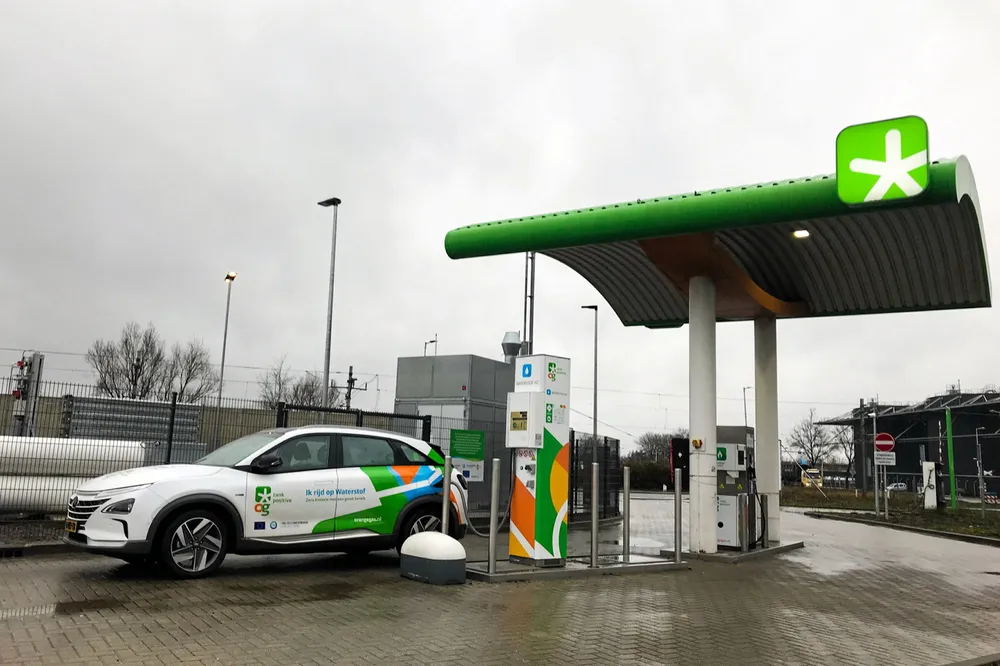Netherlands cuts environmental tax benefits for hydrogen-powered equipment and H2 fuel supply
Government agency cites difficulty in proving green hydrogen is being used rather than grey

Government agency cites difficulty in proving green hydrogen is being used rather than grey
